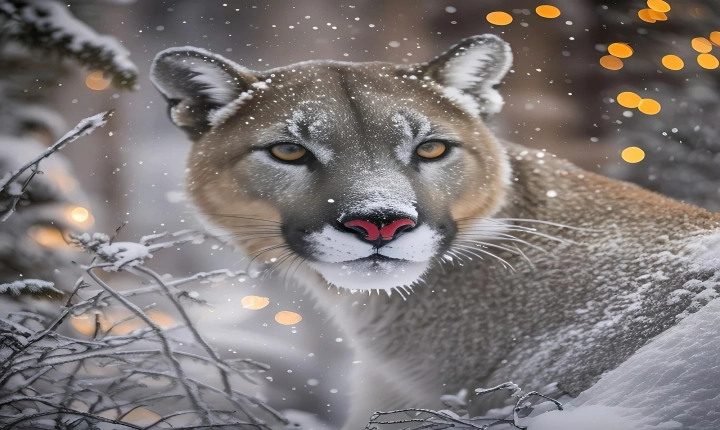Is Using AI Art Plagiarism?
Artificial Intelligence (AI) has revolutionized many industries, including the art world. AI has opened up new avenues for creativity, allowing artists to explore new techniques and styles. However, the use of AI in art has also sparked a debate about whether it constitutes plagiarism.
One of the main concerns with AI-generated art is the question of originality. AI algorithms are programmed to analyze existing artworks and produce new pieces based on the patterns and styles they have learned. This raises the question of whether AI-generated art can be considered original, or if it is simply a reproduction of existing works.
Proponents of AI art argue that the use of AI as a tool for creativity should not be considered plagiarism. They point out that AI-generated art still requires human input in the form of programming, input data, and creative direction. Furthermore, they argue that AI art should be seen as a collaboration between human and machine, rather than an act of plagiarism.
On the other hand, critics of AI art argue that the use of AI to generate art is akin to plagiarism, as it involves the reproduction of existing styles and techniques without proper attribution to the original artists. They raise concerns about the lack of recognition and compensation for artists whose work may have been used as a basis for AI-generated art.
The debate becomes more complex when considering the legal and ethical implications of AI-generated art. Copyright laws, which are designed to protect the rights of original creators, may not have clear provisions for AI-generated art. This raises questions about the ownership of AI art and the responsibility of artists and institutions to give credit to the original creators of the styles and techniques used by AI algorithms.
Another aspect to consider is the impact of AI art on the art market. As AI-generated art becomes more prevalent, there is a concern that it could flood the market with derivative works, devaluing the originality and creativity of human artists.
In response to these concerns, some artists and organizations have proposed guidelines and best practices for the ethical use of AI in art. These guidelines include providing clear attribution for the source material used by AI algorithms, ensuring that the original creators are recognized and compensated, and creating spaces for dialogue and collaboration between human and AI artists.
In conclusion, the question of whether using AI in art constitutes plagiarism is complex and nuanced. While AI art has the potential to open up new possibilities for creativity, it also raises important ethical and legal considerations. As AI art continues to evolve, it will be crucial for artists, organizations, and policymakers to engage in thoughtful discussions and develop guidelines that respect the rights of original creators and promote ethical and responsible use of AI in art.
